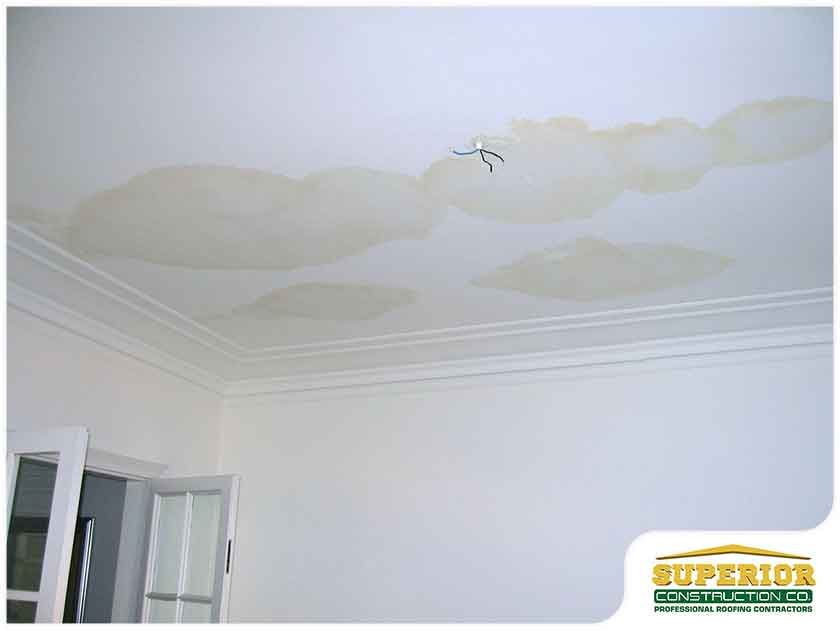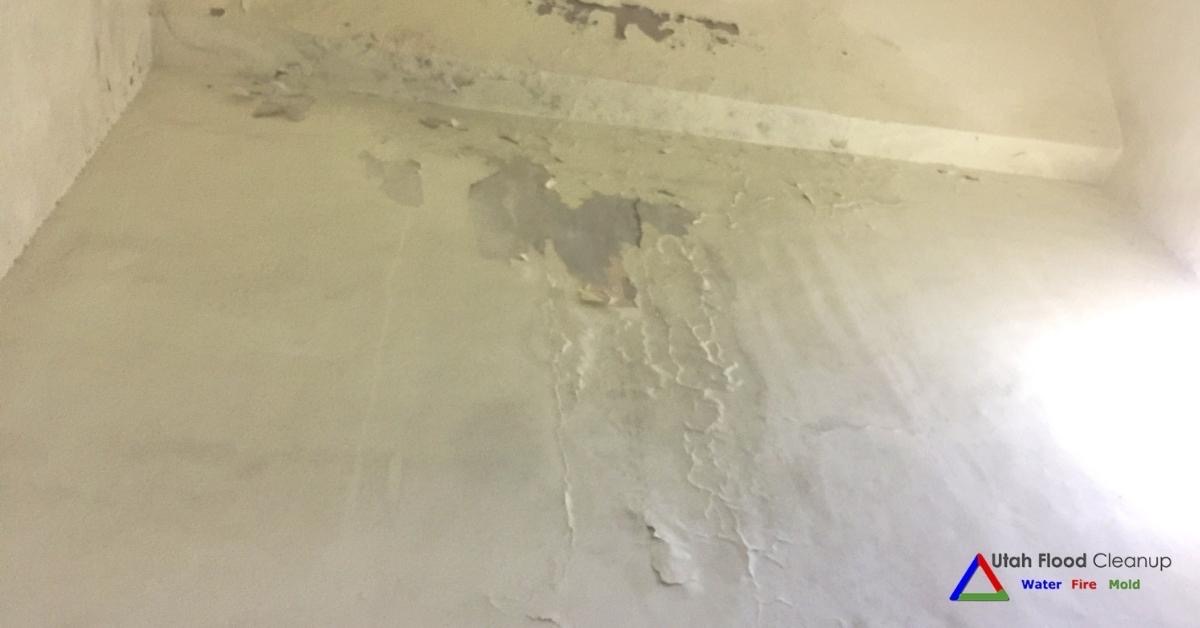Just about every person is bound to have their personal perception about How to Remove Water Stains from Walls and Ceilings.

Water stains on wall surfaces are not positive to the eyes. Occasionally it appears almost unpreventable to experience water spots on walls in houses.
House owners living in damp areas frequently manage the anxiety of water spots on wall surfaces. But that does not need to be the case for you. With precise and also all-around details on the causes of water discolorations and also prompt repair work processes, you will certainly constantly be an action ahead of such events. This article guarantees to be a practical guide for you.
3 Usual Causes of Water Stains on Walls
Unlike popular belief, water stains on wall surfaces do not always come from poor building materials. There are numerous sources of water spots on walls. These consist of:
Damp
When warm moist air meets with completely dry cold air, it creates water droplets to base on the wall surfaces of structures. When there is vapor from cooking or showers, this takes place in shower rooms and kitchen areas. The water beads can discolor the bordering walls in these parts of your house as well as infect various other locations.
Damp or condensation affects the roof covering and also wall surfaces of structures. When the wall surface is wet, it develops an appropriate setting for the growth of fungi and microorganisms.
Poor Drainage
When making a building plan, it is important to make sure ample drain. This will protect against water from leaking right into the walls. Where the drainage system is obstructed or missing, below ground wetness builds up. This web links to excessive moisture that you see on the wall surfaces of your building.
So, the leading root cause of wet wall surfaces, in this instance, can be a bad drainage system. It can also result from poor administration of sewer pipelines that run through the building.
Pipeline Leaks
A lot of residences have a network of water pipes within the walls. It always increases the feasibility of such pipelines, as there is little oxygen within the walls.
A drawback to this is that water leak affects the walls of the building and creates prevalent damages. A dead giveaway of malfunctioning pipelines is the look of a water tarnish on the wall.
Pro Tip
A houseplant in your home likewise boosts its moisture. So, if your home is already damp, you might wish to present houseplants with marginal transpiration. An example of suitable houseplants is succulents.
Water Discolorations on Wall: Repair Work Tips
When dealing with water stains, homeowners would typically want a fast repair. They would soon realize this is disadvantageous as the water discolorations persist. So, right here are a few valuable pointers that will certainly lead you in the repair of water spots on wall surfaces:
Final thought
Although nobody wants to have water stains on walls in their home, it can occur to the best people. This post gives you take advantage of, as you now know exactly how to handle this problem if it does take place.
It is always best to hire professional services to assist deal with the damages in your house.
Sometimes it seems practically inevitable to experience water stains on walls in houses.
In contrast to prominent belief, water spots on walls do not always stem from poor building materials. There are a number of reasons of water stains on wall surfaces. The water beads can tarnish the bordering wall surfaces in these components of your residence and also spread to various other areas.
Right here are a few practical ideas that will certainly direct you in the repair work of water discolorations on walls:
CHECKING FOR WATER DAMAGE
Water damage can be costly, and it may begin before you even notice the first signs of trouble. Water damage can cause mold and mildew in your walls and floors, which can create an abundance of health concerns for your family. It can also lead to costly repairs of various appliances and general home fixtures. To avoid the pricey consequences of water damage, here are Warner Service’s top 5 places you should check:
The walls – The easiest place to spot the beginnings of water damage is on the walls and ceilings of your home. If water damage is present, there will most likely be water stains, especially around the windows and doorframes, and/or cracks in the drywall. If a stain looks unusual (discolored to brown, black or gray, raised texture), has a swollen appearance or is soft to the touch, contact a professional immediately. The pipes – To avoid water damage, consistently check the pipes in your kitchen (especially the dishwasher and ice maker), bathrooms, laundry room (specifically washing machines) and basement for corrosion, leaks and water stains. Pay special attention to where the pipes connect in your home and the location of caulking around the bathroom fixtures, including toilets, sinks, showers and tubs. Missing or loose caulking and grout could be signs of leaking water. This seepage can also quickly cause mold and rust, so double check your water heater and tank for wet spots on the floor. The floor – Water damage is very easy to spot on the floor. Look for any warping or buckling of the material, especially in the basement. If your home has wood flooring, look for bright white or dark stains. If your home has carpeting, keep it dry and clean. A damp carpet that smells of mold could cause water damage and health problems. To avoid this, consider installing floor pans under your appliances to help prevent damages from small, slow and undetected leaks. The basement and attic – If your basement or attic smells odd check for mold and mildew around the area, especially the valley where the roof meets. While you are inspecting those areas, check for wall cracks, floor stains, rust and dampness in the insulation. If you live in a colder and/or rainier climate, perform routine checks for water damage from melting snow or ice and rain. The exterior – Check the roof for damaged flashing and missing, cracked or curled shingles. There should also be no standing water anywhere outside your home. This could be caused by puddles, leaky rain gutters or hoses, poor drainage, or short gutter spouts. Invest in a sump pump system or water flow monitoring system, and perform routine maintenance on these outdoor appliances to avoid indoor water damage.

We were brought to that write-up on How to Find and Repair Water Leaking in the Wall from an associate on our other site. Are you aware of somebody who is interested in the niche? Feel free to share it. Thanks a bunch for your time. Come back soon.
Prevent further damage.